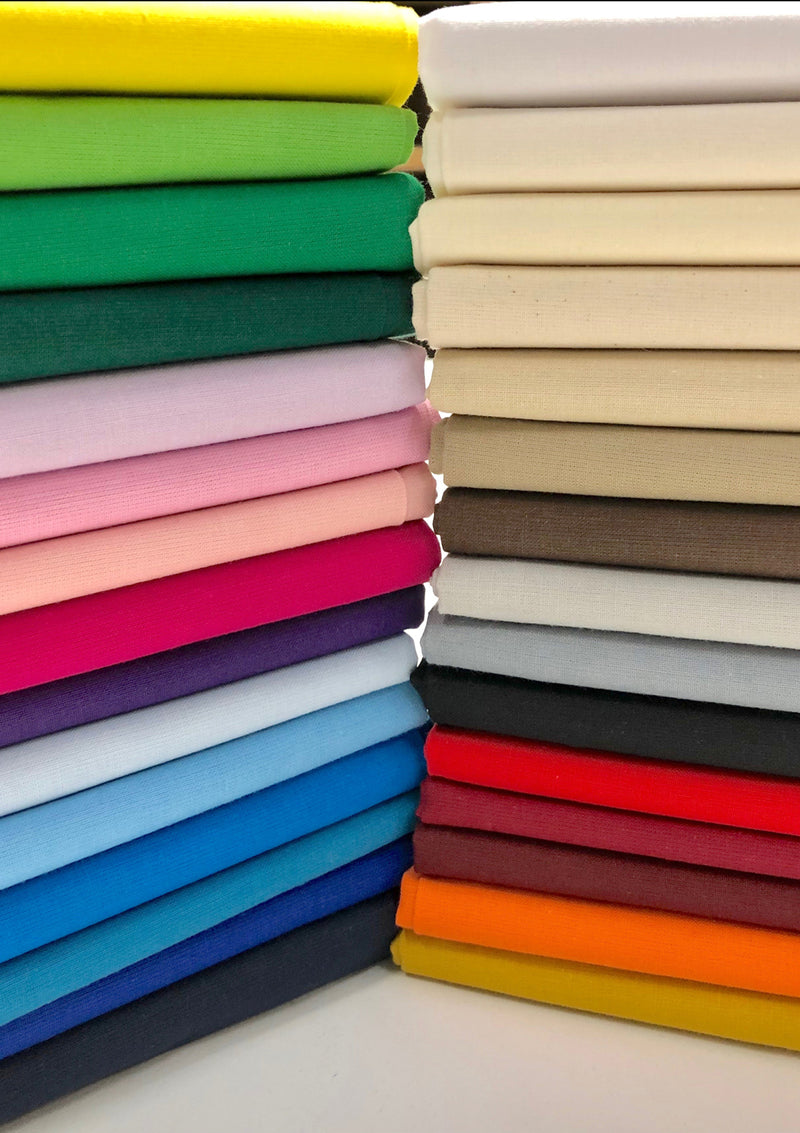Unraveling the Mystery: How to Expertly Identify Fibres and Fabrics
2 min read
In the world of textiles, being able to accurately identify fibres and fabrics is a crucial skill for professionals in various industries such as fashion, textiles, and forensic science. Understanding the composition of a material can provide valuable insights into its properties, care instructions, and potential applications. In this comprehensive guide, we will delve into the methods and techniques used to identify different types of fibres and fabrics with precision and expertise.
- Visual Inspection:
The first step in identifying fibres and fabrics is through visual inspection. By closely examining the texture, appearance, and structure of the material, one can often make initial observations that point towards the type of fibre used. For example, natural fibres like cotton and wool have distinct visual characteristics such as fiber length, sheen, and crimp, while synthetic fibres like polyester and nylon may exhibit a more uniform and smooth appearance. - Burn Test:
One of the most common and reliable methods for identifying fibres is the burn test. By carefully burning a small sample of the fabric and observing its behavior, one can determine the type of fibre present. For instance, natural fibres like cotton will burn quickly, leaving behind a soft ash and a smell of burning paper, while synthetic fibres tend to melt, shrink, or produce black smoke when burned. - Chemical Tests:
Chemical tests can also be employed to identify fibres and fabrics with greater accuracy. For example, the use of specific reagents can help differentiate between protein-based fibres like silk and wool, cellulose-based fibres like cotton and linen, and synthetic fibres like polyester and acrylic. By conducting these tests in a controlled environment, professionals can confirm the composition of a material with confidence. - Microscopic Analysis:
In cases where visual inspection and burn tests are inconclusive, microscopic analysis can provide detailed insights into the structure and composition of fibres. By examining the surface morphology, cross-section, and fiber arrangement under a microscope, experts can identify unique characteristics that are specific to certain types of fibres, allowing for precise identification. - Advanced Techniques:
In addition to traditional methods, advancements in technology have introduced more sophisticated techniques for fibre and fabric identification. Spectroscopy, chromatography, and DNA analysis are some of the cutting-edge tools that can be utilized to analyze the chemical composition and molecular structure of materials, offering unparalleled accuracy and reliability in identification.
Conclusion:
Mastering the art of identifying fibres and fabrics requires a combination of knowledge, experience, and attention to detail. By utilizing a variety of methods such as visual inspection, burn tests, chemical analysis, microscopic examination, and advanced techniques, professionals can confidently determine the composition of materials with precision. Whether you are a fashion designer, textile engineer, or forensic scientist, honing your skills in fibre identification is essential for ensuring quality, authenticity, and innovation in your work.


